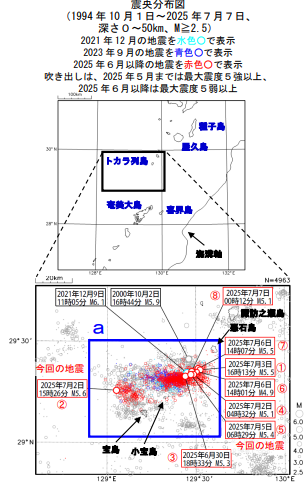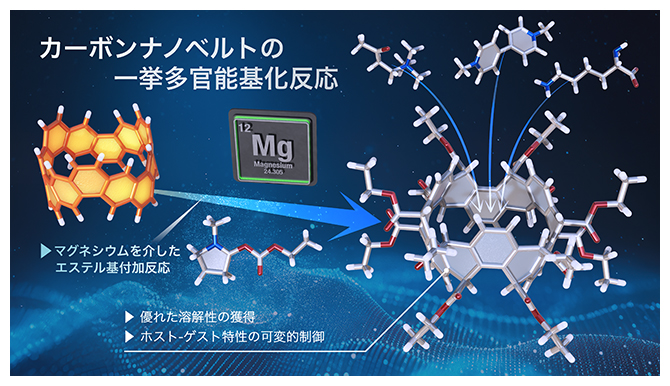2025-07-10 九州大学
図 水中における金触媒による常温CO酸化では、CO酸化と酸素還元が、電池を短絡したような状態をつくり、混成電位によって駆動される経路がある。
<関連情報>
- https://www.kyushu-u.ac.jp/ja/researches/view/1293
- https://www.kyushu-u.ac.jp/f/62383/25_0710_01.pdf
- https://advanced.onlinelibrary.wiley.com/doi/10.1002/advs.202505994
混合電位駆動触媒反応: 金触媒上での室温CO酸化の電気化学的メカニズム Mixed-Potential-Driven Catalysis: An Electrochemical Mechanism for Room-Temperature CO Oxidation on Gold Catalysts
Mo Yan, Muhammad Asif, Ravi Singh, Kotaro Takeyasu, Junji Nakamura
Advanced Science Published: 25 June 2025
DOI:https://doi.org/10.1002/advs.202505994
Abstract
Gold is an effective catalyst for low-temperature CO oxidation, yet its mechanism remains debated. Among the various proposed mechanisms, increasing attention has been given to a possible electrochemical pathway in recent studies. Here, experimental evidence is reported that CO oxidation at room temperature in electrolytes proceeds via coupled electrochemical CO oxidation and oxygen reduction half-reactions, i.e., the mixed-potential-driven mechanism. A model system is designed with deposited Au nanoparticles (NPs) and nitrogen-doped reduced graphene oxide (NrGO) on carbon paper acting as spatially separated electrodes in a single electrolysis cell. After shorting the two electrodes, the reaction current and mixed potential of the overall CO oxidation are measured without any externally applied bias. Independent current–potential curves for each half-reaction are also obtained under identical experimental conditions. The intersection points of these curves, representing the predicted mixed potential and net current, showed good agreement with the values measured in the short-circuited system. These results provide clear evidence that CO oxidation in aqueous media proceeds via a mixed-potential-driven mechanism, analogous to corrosion. This finding provides strong support for the hypothesis that low-temperature CO oxidation over-supported Au catalysts in the presence of water vapor proceeds via a similar electrochemical pathway in gas-phase heterogeneous catalysis.



